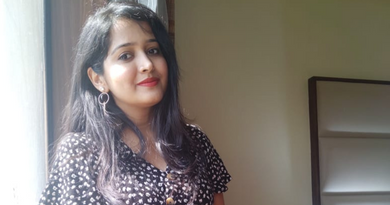Internship at Intel : My exploits in core electronics

About the Author: Anuj Kumar, a student of BITS, Pilani, recounts his internship experience in core electronics at Intel Technology India Pvt. Ltd.
Internships mark the beginning of a student’s professional career – the first step into the corporate world, bridging the gap between the theoretical knowledge and practical applications. In the 3rd semester, our Institute provided the students with an internship opportunity wherein each company mentioned its profile along with the undergoing projects. I read about the projects and the profile which the companies had to offer. Amongst the listed companies, I found Intel as a suitable option as the undergoing projects best suited my profile and areas of interest. The selection was based on the projects and interests one had mentioned in the resume (which I got to know from my seniors). Since this was my first step towards the corporate world, I wasn’t inclined to any specific domain. I had projects in both the fields in the course curriculum. So I mentioned five of those projects, which I was confident in and willing to learn more about. Finally, my work and interests met the requirement of a team, and I was one of the 10 students who got selected for an internship. As per my experience, apart from the vacancies in a team, an intern is assigned work based on the projects she has done in the course curriculum. So, for a student who is looking for an internship, it’s important to take care of her resume, which is going to make the first impression.
I came to Bangalore 3-4 days in advance to search for an accommodation near the office. The internship started on 11th Jan 2017. I went to the building assigned to me and was taken to my manager’s cube where we had a discussion about me, the team, and the work I would be doing. After a week, I came to know that I’d be working with Intel’s High-Performance Group (HPG) that works on different analog IPs for SoC design. Initially, I was given some reading materials and a ramp up on system Verilog language. By the time I was waiting for the tool access, I was told to write a system Verilog code for a glitch free synchronous counter to have a hands-on experience with the language. By the end of the 1st month, I had attended a few team meetings and learned about the office environment, my colleagues, and their work. Apart from the technical work, I was also a part of recreational activities at Intel.
After receiving the tool access, I worked on Behavioral Model Generation and Schematic Comparison. This was used to increase the simulation speed of analog blocks by replicating it into the digital environment and comparing its functionality with the schematics created by the team. As the lead team for Behavioral Model Generation is located in Ireland, and I was the only one from my team working on this project, it was challenging. My role was to create the models for the lead team. Initially, I had no idea how this would be possible, but slowly and steadily as I started clearing my doubts and started getting involved in it, I got the entire flow of the work. Eventually, by the end of the internship, I was able to complete the work.
The internship was full of learnings, and I discovered a lot about myself. I’m sure that my overall personality also improved after this.
Are you also looking forward to opportunities in Core Electronics? Apply to these electronics internships today.
Editor’s note – If you also have an interesting story to share, you can now participate in Your Internship Story Contest 2017 and win cash prizes and goodies worth INR 1 Lac!



